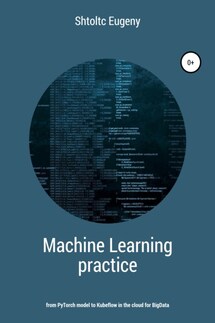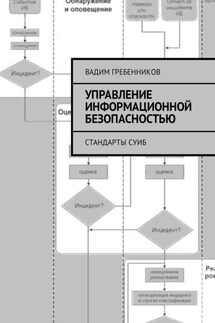IT Cloud - страница 14
# test_pod.yml
# kybectl create -f test_pod.yaml
containers:
– name: test
image: debian
To run multiple replicas:
# test_replica_controller.yml
# kybectl create -f test_replica_controller.yml
apiVersion: v1
kind: ReplicationController
metadata:
name: Nginx
spec:
replicas: 3
selector:
app: Nginx // label by which the replica determines the presence of running containers
template:
containers:
– name: test
image: debian
For balancing, a type of service (logical entity) is used – LoadBalancer, in addition to which there is also ClasterIP and Node Port:
appVersion: v1
kind: Service
metadata:
name: test_service
apec:
type: LoadBalanser
ports:
– port: 80
– targetPort: 80
– protocol: TCP
– name: http
selector:
app: WEB
Overlay network plugins (created and configured automatically): Contig, Flannel, GCE networking, Linux bridging, Calico, Kube-DNS, SkyDNS. #configmap apiVersion: v1 kind: ConfigMap metadata: name: config_name data:
Similar to secrets in Docker-swarm, there is a secret for Kubernetes, an example of which can be NGINX settings:
#secrets
apiVersion: v1
kind: Secrets
metadata: name: test_secret
data:
password: ....
And to add a secret to POD, you need to specify it in the POD config:
....
valumes:
secret:
secretName: test_secret
…
Kubernetes has more flavors of Volumes:
* emptyDir;
* hostPatch;
* gcePersistentDisc – drive on Google Cloud;
* awsElasticBlockStore – A disk on Amazon AWS.
volumeMounts:
– name: app
nountPath: ""
volumes:
– name: app
hostPatch:
....
Feature for UI: Dashbord UI
Additionally available:
* Main metrics – collection of metrics;
* Logs collect – collecting logs;
* Scheduled JOBs;
* Autentification;
* Federation – distribution by data centers;
* Helm is a package manager similar to Docker Hub.
https://www.youtube.com/watch?v=FvlwBWvI-Zg
Docker commands
Docker is a more modern counterpart to RKT containers.
In Linux, when a process terminates with PID = 1, then NameSpace is also buried, which leads to the shutdown of the OS, in the case of a container, similarly, since it is a special case of the OS. The delimitation of processes in itself does not provide additional overhead, as well as monitoring and limiting resources for processes, because systemd provides the same configuration options in the host OS. Network virtualization occurs completely: both localhost and bridge, which allows you to create bridges from several containers to one localhost and thereby make it a single one for them, which is actively used in POD Kubernetes.
Run a temporary container interactively -it . To enter, you need to press Ctrl + D, which will send a signal to shutdown, after which it will be removed by –rm to avoid clogging the system with stopped modern containers. If the image is created in such a way that the application is launched in the shell in the container, which is wrong, then the signal will be poisoned to the application, and the container will continue to work with the shell, in which case, to exit in a separate terminal, you will need to kill it by its name –name name_container. For instance,:
Docker run –rm -it –name name_container ubuntu BASH
In the beginning, the Docker CLI had a simple set of commands to manage the lifecycle of containers. Among them:
* Docker run to run the container;
* Docker ps to view running containers;
* Docker rm to remove a container;
* Docker build to create your own image;








